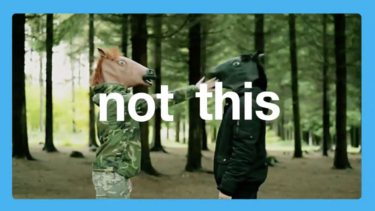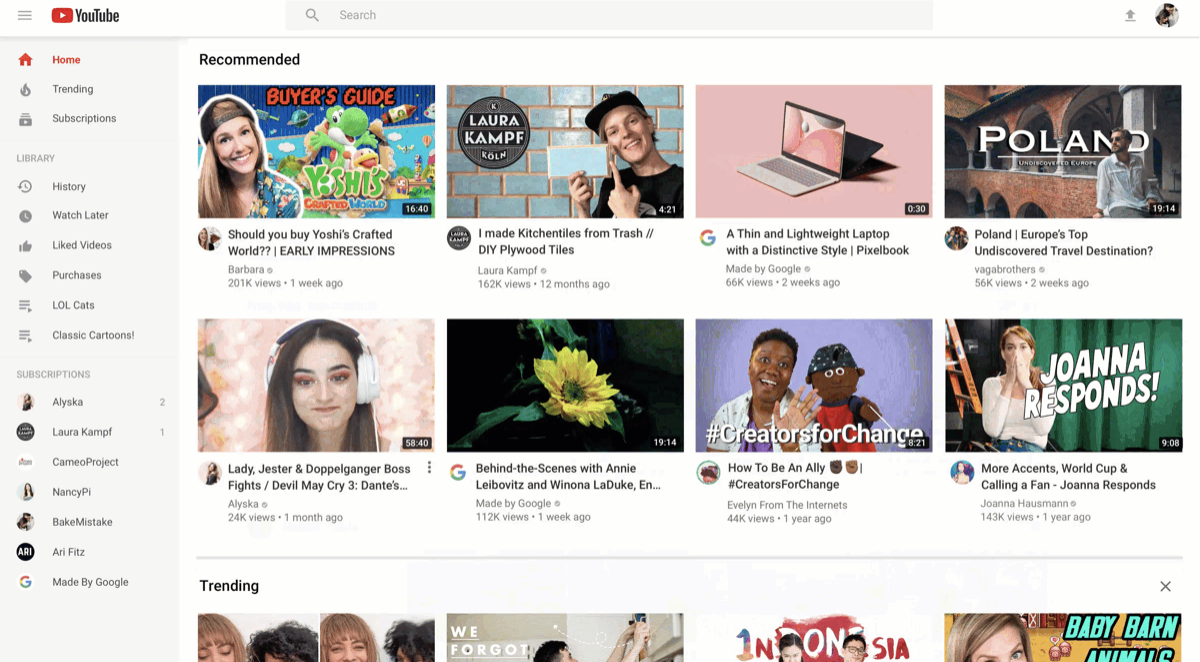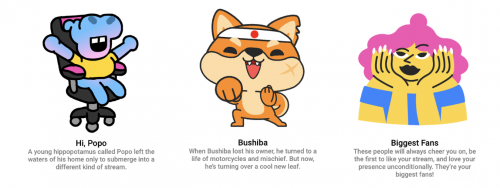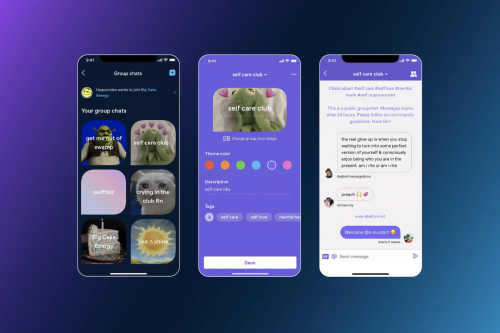Tuesday Tune-Up #410

Hot Topics
Twitter is rolling out a global update on November 13 that will allow users to stay abreast of topics that are of interest to them. ‘Topics’ is a feature that will allow people to follow more than 300 – you guessed it! – topics across sport, entertainment and gaming. Once you follow a topic, you will be served tweets from people you follow on that subject as well accounts that you don’t, but have credibility on that given subject.
In a statement, the leader of the Topics team Rob Bishop said, “We know that the main reason that people come to Twitter is to keep up on the things that they’re interested in… The challenge is it’s really quite difficult to do that on Twitter day-to-day.”
Hot takes? Always. Hot topics? Brand new.
— Twitter (@Twitter) November 11, 2019
Now you can follow specific topics to discover the Tweets you care about. pic.twitter.com/3tVBRFuTYd
Facebook will set ad limits for Pages
As part of its recent Graph and Marketing API update, Facebook have announced that, commencing in 2020, they’ll set limits on how many ads a Page can run at any given time.
In a statement, Facebook explained that, “We’re implementing ad limits because very high ad volume can hinder an advertiser’s performance. With too many ads running at the same time, fewer ads exit the learning phase and more budget is spent before the delivery system can optimise an ad’s performance.”
The word on the street is that it will only impact a small number of brands, with the changes coming into effect in mid-2020.
Get in user, we’re going shopping
Following a test period, Google has announced that it’s expanding its network of shopping ads to the YouTube mobile app. The ads will be served as a carousel of clickable products and can be found on the mobile home screen and search results page – although it’s likely only a matter of time before they’re rolled out on the desktop view as well.
According to YouTube’s director of product management, shopping ads could also be coming to the connected TV space – YouTube’s fastest growing medium – as early as next year.
Super Stickers for YouTubers
YouTube has announced a new feature for its creators called Super Stickers. The Stickers are a way for fans to connect with their favourite creators and will highlight that fan’s message in a live chat, giving them more visibility and likelihood of interactions with their favourite creators.
For creators to be eligible, they require a monetised channel with more than 1,000 subscribers. According to YouTube, the stickers will come in a range of price points, from 99 cents to $50 (USD). At launch, eight Super Stickers packs will be available, such as ‘Hi Popo’, whose bio reads “A young hippopotamus called Popo left the waters of his home only to submerge into a different kind of stream.” Take my money, Popo!
The move comes after other recent platform monetisation features, like Super Chat, channel memberships, merchandise and premieres. YouTube is clearly looking for ways to offer their creators an advantage (aka, make money moves).
New YouTube, new me
YouTube has done a spring clean and updated the desktop and tablet app layout to add extra functionality and improve user navigation.
As explained by YouTube, “This new look includes longer video titles and larger, richer thumbnails to give you clearer information about the video at a glance, plus higher resolution video previews. As part of this cleaner design, you’ll notice we’ve also removed some content shelves. You can still find rows of videos for breaking news, music mixes, and more.”
In addition to this, YouTube has also added an ‘Add to Queue’ option, which will make it easier for users to quickly build video playlists, and it’s bringing its ‘Don’t Recommend Channel’ option (available on mobile) to desktop.

TikTok’s growing influence
Last week, TikTok announced a new developers program, which will see the platform expand its third-party integration with video and editing apps. The first of these tools is the new Share to TikTok SDK, which will let users edit videos in other apps – most notably, Adobe’s Premiere Rush – then publish them from that app to TikTok. For smaller, single focus apps, being able to be a useful addition to the creator community can spell great success, as has been seen by the likes of Facetune’s Lightricks.
Along with the sharing feature, apps that integrate with the new SDK tool will gain access to a wider selection of creative tools. The Developers program also includes tools to embed videos on the web and a specified partner hashtag added to any piece of content shared via their platforms.
Whats-Upp Tumblr?
Tumblr is launching a new group messaging feature that allows groups of interest to chat more freely without needing to reply on re-blogs. The chats aren’t made to be private DMs but rather, the group chats can be found by anyone but only the approved members will be able to send messages.
Messages sent within Tumblr’s group chats will also disappear after 24 hours and have a maximum occupancy of 100 people per chat. Users globally should now find a new group chat icon in the upper right-hand corner of Tumblr’s app.
Watch this space…
Despite criticism from various government groups, Facebook has detailed the next stage of its plans to add end-to-end encryption in all its messaging apps. Following initial tests in several countries around the world, Instagram will start trialling hiding Likes for some US users starting this week. Twitter is testing a new option that would enable users to switch accounts within the tweet reply process. And, finally, Twitter’s VP of Design and Research Dantley Davis has shared a list of five new features that he’s ‘looking forward to in 2020’.
This edition of the Tune-Up was lovingly prepared by Jess McCarthy.

